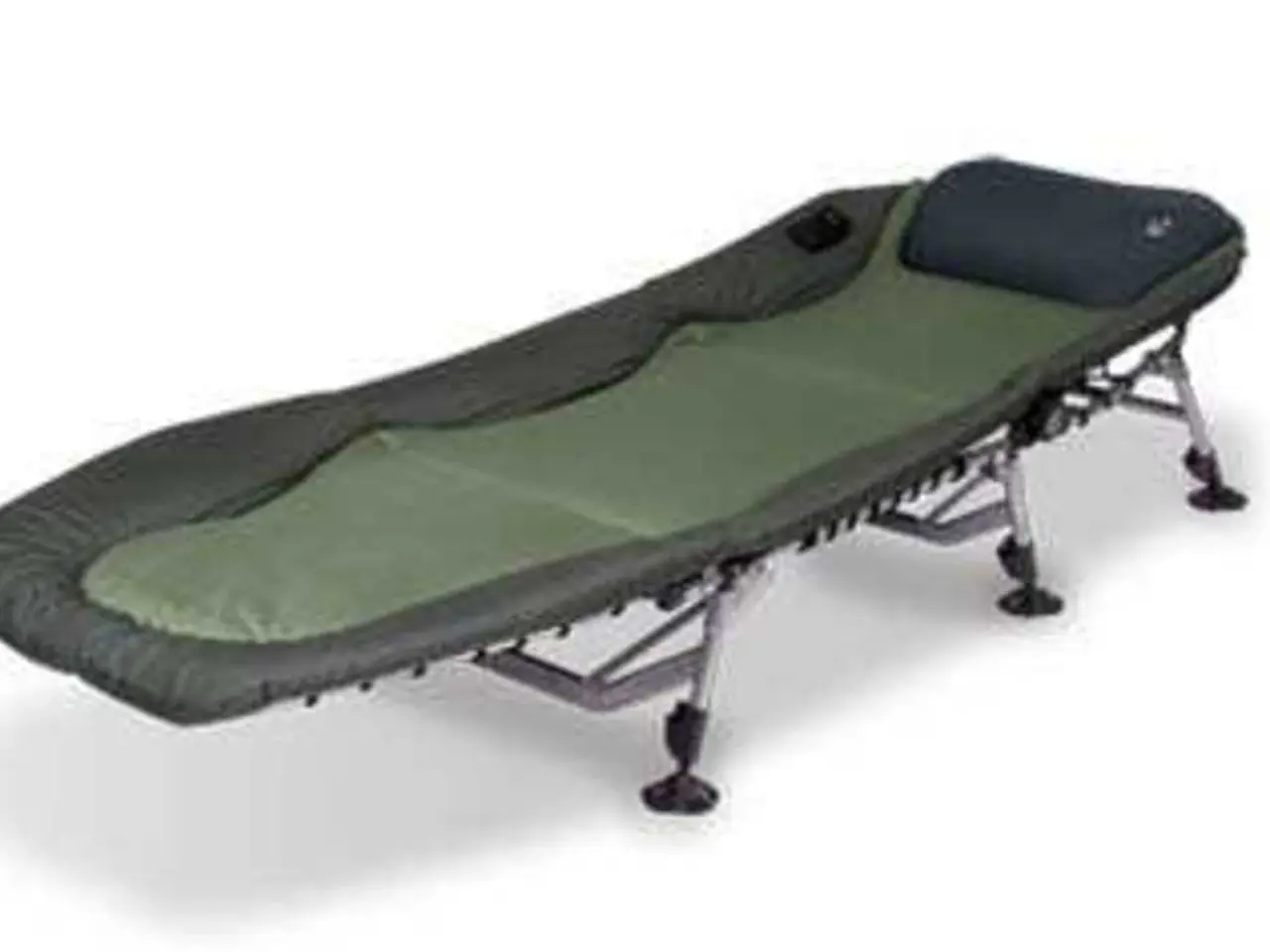Duration of Sciatica: Examining Symptoms, Treatment Options, and Management Strategies
Sciatica is a common health issue that affects many individuals, particularly those between the ages of 30-50. This condition, characterised by pain that radiates from the lower back down the leg, is often caused by irritation or compression of the sciatic nerve.
The sciatic nerve, which runs from the hip to the bottom of the feet, is a vital component of the body's nervous system. Sitting for long periods, especially with bad posture, can trigger symptoms or make them worse.
Fortunately, most cases of sciatica resolve on their own within 4-6 weeks. The best treatment for sciatica is time, good posture, and exercise. However, if the pain lasts more than 6 weeks or becomes too severe, it's important to consult a medical professional. They may prescribe medications, spinal steroid injections, or suggest physical therapy.
Common causes of sciatica flare-ups include herniated, bulging, or slipped discs in the lower spine, spinal stenosis, poor posture and spinal misalignment, prolonged sitting or standing in one position, lifting heavy objects incorrectly, pelvic fractures or injuries, arthritis affecting the spine or hips, traumatic injuries, and rare causes like tumors or blood clots pressing on the nerve.
To prevent flare-ups, it's crucial to avoid prolonged sitting or standing, maintain good posture when sitting, standing, and lifting, use proper technique when lifting heavy objects, engage in regular low-impact exercise, address spinal alignment issues with professional help, manage arthritis, and avoid sudden spinal bending motions.
In some cases, surgery may be necessary to remove part of the spinal disk affecting the nerve if sciatic pain continues for 6 months to 1 year. People with chronic sciatica may need ongoing medical treatment to manage their symptoms.
While sciatica can be a painful condition, adopting healthful habits and taking care of your spine can help prevent flare-ups and speed up recovery. Yoga classes and lifestyle changes may be enough to remedy the issue for most people. Regular light exercise and stretching, good sitting posture, and maintaining a healthy weight can help reduce pain and prevent its return.
[1] Mayo Clinic. (2021). Sciatica. [online] Available at: https://www.mayoclinic.org/diseases-conditions/sciatica/symptoms-causes/syc-20355688
[2] NHS. (2021). Sciatica. [online] Available at: https://www.nhs.uk/conditions/sciatica/
[3] Cleveland Clinic. (2021). Sciatica. [online] Available at: https://my.clevelandclinic.org/health/diseases/17077-sciatica
[4] Johns Hopkins Medicine. (2021). Sciatica. [online] Available at: https://www.hopkinsmedicine.org/health/conditions-and-diseases/sciatica
[5] Spine-health.com. (2021). Sciatica. [online] Available at: https://www.spine-health.com/conditions/sciatica
- Diabetes and depression are two common chronic diseases that often coexist, leading to a complex interplay of symptoms.
- Asthma, a respiratory condition, is characterized by narrowing and inflammation of the airways, making breathing difficult.
- Type 1 and type 2 diabetes are two different forms of the disease, with type 2 being the more common.
- Dermatitis, a skin condition, can cause redness, itching, and inflammation.
- Psoriasis, another skin condition, is marked by red, scaly patches on the skin.
- AQ, or Asthma Quality of Life Questionnaire, is a self-assessment tool used to evaluate the impact of asthma on a person's daily life.
- Predictive models in medical science are used to forecast the likelihood of health issues based on various factors.
- Obesity, a major health concern, is associated with an increased risk of many chronic diseases, including diabetes, heart disease, and certain types of cancer.
- Dry skin is often a symptom of dermatitis, psoriasis, or other skin conditions.
- Hepatitis is a liver infection that can range from mild to severe, with different types causing varying symptoms and treatment options.
- Psoriatic arthritis is a type of arthritis that affects some people with psoriasis, causing joint pain and swelling.
- HIV, the human immunodeficiency virus, weakens the immune system, making the body vulnerable to infections and certain types of cancer.
- Arthritis, a chronic condition, can cause joint pain, swelling, and stiffness, affecting movement and mobility.
- Degeneration, or the gradual deterioration over time, can occur in various parts of the body, leading to conditions like osteoarthritis.
- Preparing medications or medical equipment before use is an essential part of good medical practice.
- Macular degeneration is a condition affecting the macula, a part of the eye responsible for sharp, central vision.
- Atopic dermatitis, also known as eczema, is a chronic skin condition characterized by inflammation and itching.
- Science continues to advance our understanding of various medical conditions and their treatments.
- Medical-conditions like sciatica, asthma, and diabetes require regular monitoring and management for optimal health.
- Chronic kidney disease, a long-term condition affecting the kidneys, typically doesn't cause symptoms until it's advanced.
- COPD, or chronic obstructive pulmonary disease, is a group of diseases that cause airflow obstruction and other respiratory symptoms, including chest tightness, shortness of breath, and coughing.




